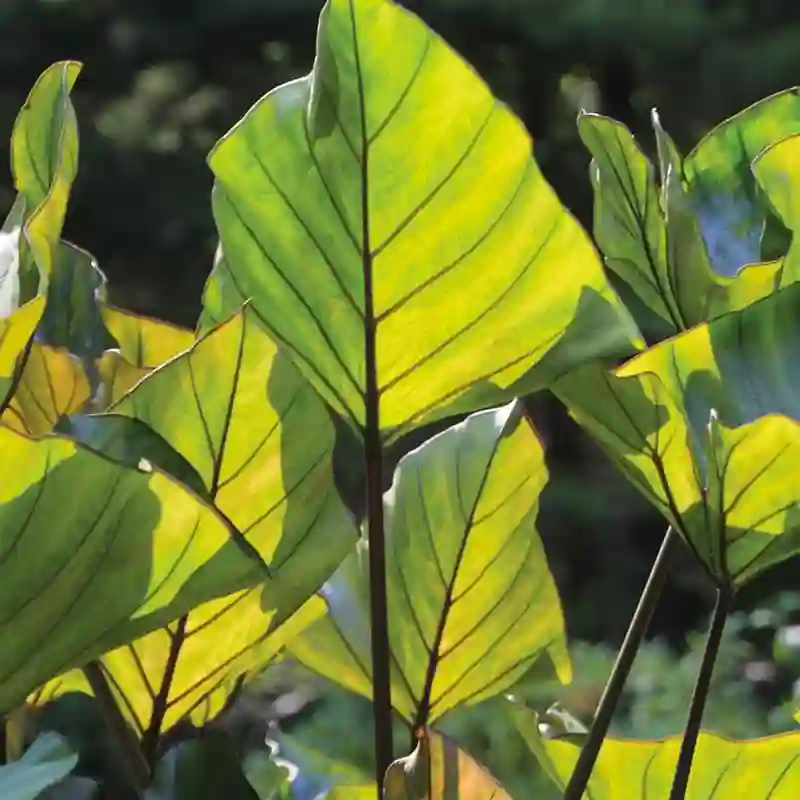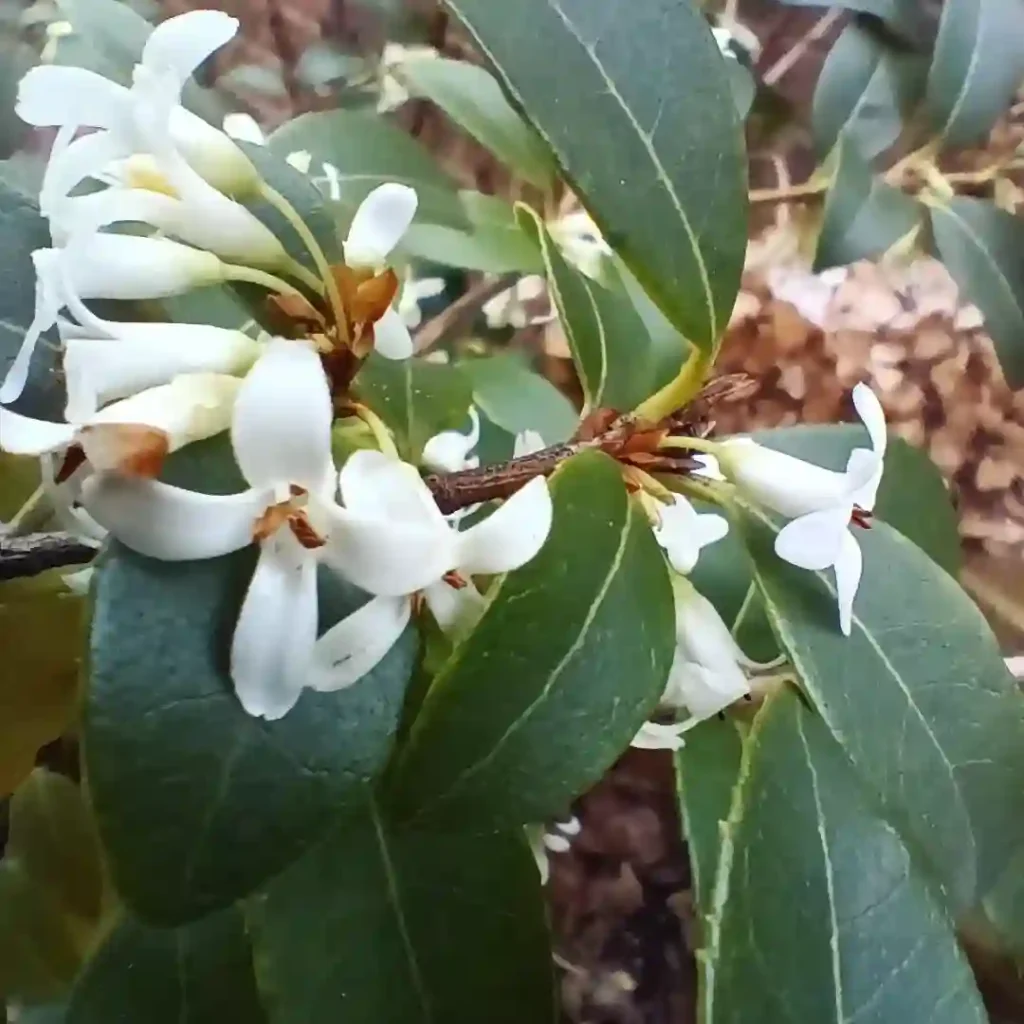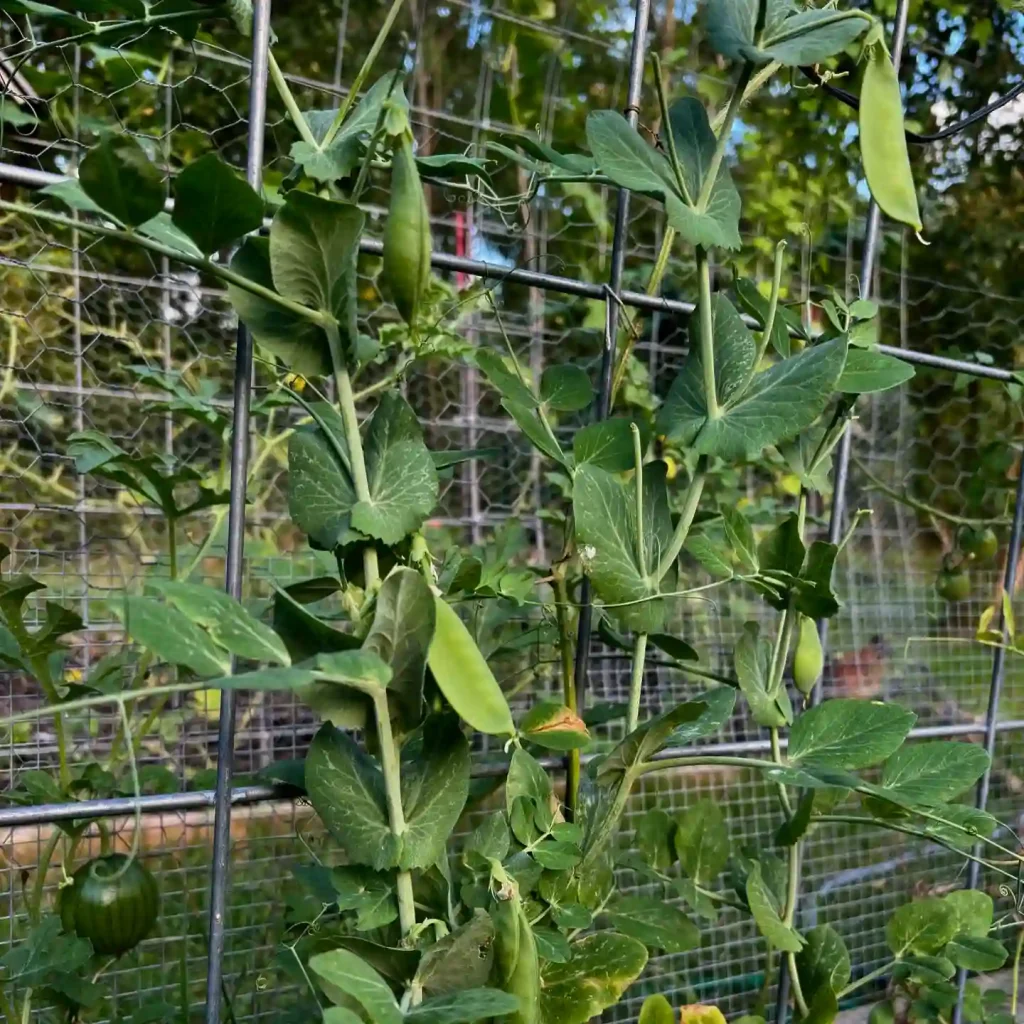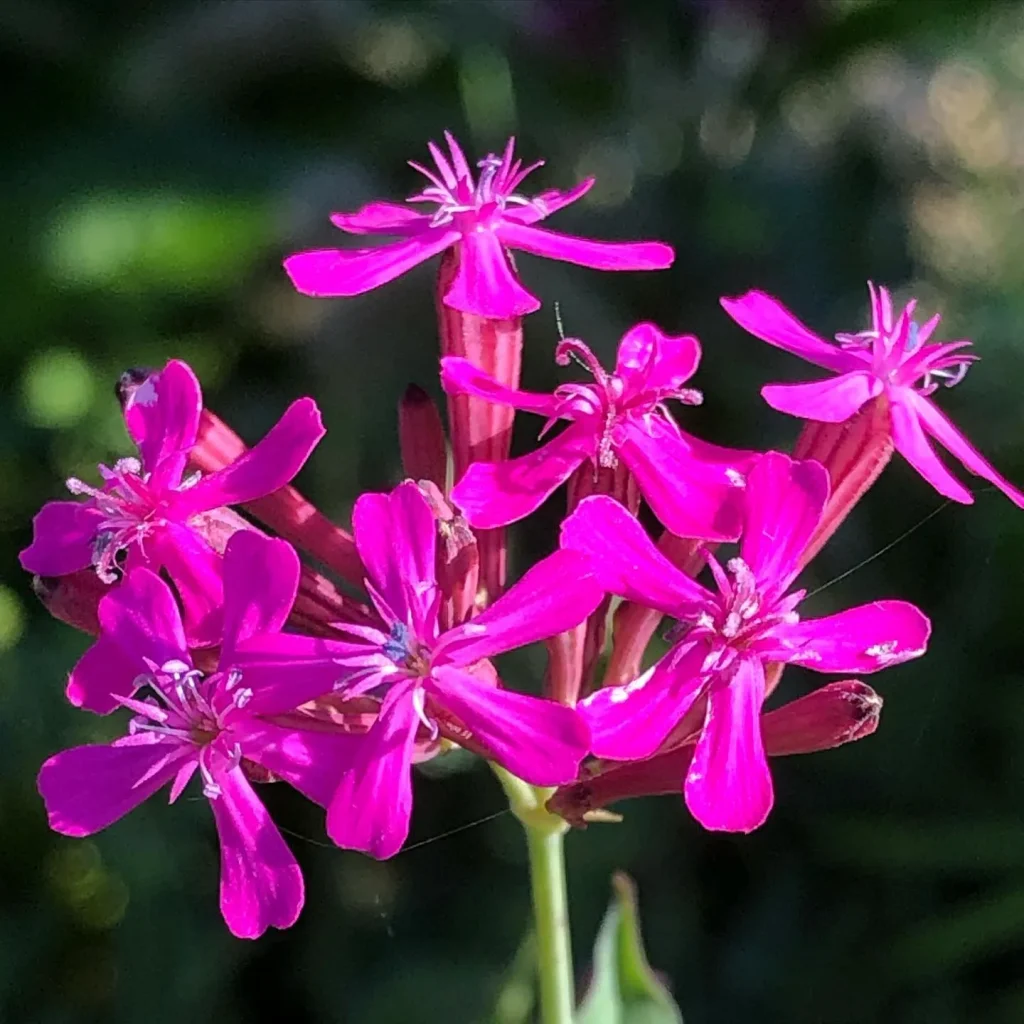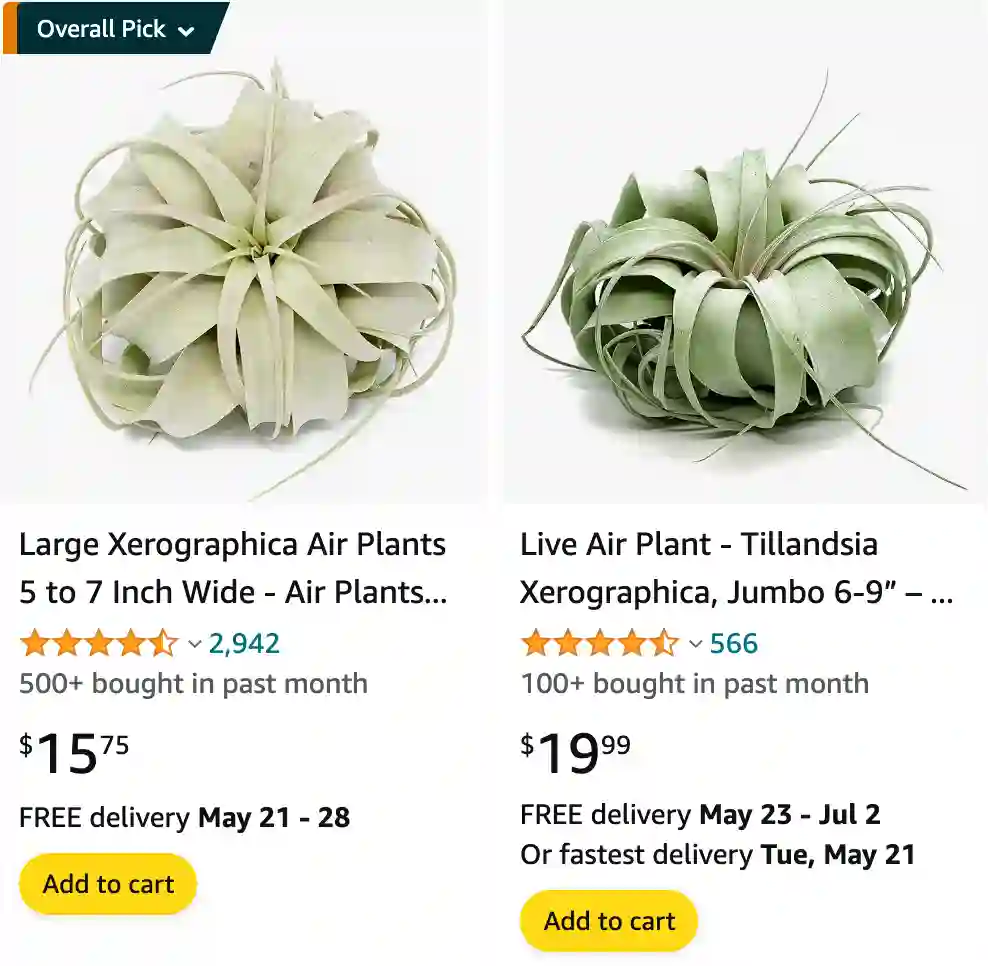
Tillandsia Streptophylla vs Xerographica
When comparing my Tillandsia Streptophylla to my Xerographica, I find the Streptophylla to be more delicate in appearance with its curly, wispy leaves. It’s like having a plant that constantly surprises me with its quirky, twisted shapes. The Xerographica, on the other hand, feels robust and grand, with its wide, silver leaves forming a stunning rosette. I love how the Xerographica commands attention and makes a bold statement wherever I place it. Both are relatively easy to care for, but I’ve noticed that the Streptophylla needs a bit more humidity to keep those curls looking their best, while the Xerographica is more forgiving and can thrive with a bit of neglect.
690 Species in Genus Tillandsia – Air Plants
How to care for Tillandsia xerographica?
Tillandsia xerographica, also known as the King of Air Plants, requires minimal care. Here’s a guide on how to care for your Tillandsia xerographica:
Light:
- Tillandsia xerographica prefers bright, indirect sunlight. A room with lots of window space is ideal, as long as your air plant isn’t right up against the glass where it can get sunburned.
- If you don’t have many windows, it can survive with fluorescent light for up to 12 hours a day. However, the plant might not grow as brightly colored or full.
Watering:
- Unlike most houseplants, Tillandsia xerographica doesn’t require traditional soil watering. Instead, it absorbs moisture from the air through its leaves.
- Soaking is the recommended method. Here’s a routine you can follow:
- Submerge your Xerographica completely in lukewarm water (ideally rainwater or filtered water) for 15-20 minutes.
- You can also use a gentle misting instead of submerging, but soaking is generally more effective, especially in drier climates.
- Frequency of watering depends on climate and air circulation:
- In drier climates or during hot weather, soak your Xerographica every 1-2 weeks.
- In cooler or more humid climates, you might need to soak only every 2-4 weeks.
- Shake well after watering. Gently shake the plant to remove excess water from the base of the leaves and prevent rot.
- Let it dry completely. Air circulation is important for Tillandsia xerographica to dry out completely between waterings. Avoid leaving it in a constantly damp environment.
Humidity:
- While Tillandsia xerographica can tolerate average household humidity levels, it thrives in higher humidity (around 50-70%).
- You can increase humidity by:
- Grouping your Xerographica with other air plants.
- Placing it on a pebble tray filled with water (ensure the plant sits above the water level).
- Using a humidifier in your home.
Temperature:
- Tillandsia xerographica prefers warm temperatures between 60-80 degrees Fahrenheit (15-27 degrees Celsius). Protect your plant from cold drafts and sudden temperature fluctuations.
Fertilizing (optional):
- Fertilizing is not essential but can be done occasionally to encourage growth. Use a very diluted water-soluble fertilizer designed for bromeliads or air plants. Follow the package instructions for dilution and frequency (usually once a month during the growing season).
Additional Tips:
- You can occasionally mist your Tillandsia xerographica in between soaking sessions, especially if the air feels dry.
- Wipe the leaves occasionally with a damp cloth to remove dust and improve air circulation.
- Tillandsia xerographica may pup (produce offsets) over time. You can propagate new air plants by carefully separating the pups when they reach about 1/3 the size of the mother plant.
How to display Tillandsia xerographica?
Tillandsia xerographica can be displayed in various ways. They can be placed in decorative containers, mounted on driftwood or stones, or arranged in terrariums or hanging planters. Get creative with their display to showcase their unique beauty.
How to propagate Tillandsia xerographica?
Tillandsia xerographica can be propagated by removing offsets, or “pups,” that develop at the base of the plant. Gently separate the pups from the parent plant and place them in a new location. Ensure they have similar growing conditions to the parent plant.
How to water Tillandsia xerographica?
Water Tillandsia xerographica by misting them thoroughly or soaking them in water for about 20-30 minutes once a week. After watering, shake off excess water and allow them to dry completely in a well-ventilated area to prevent rot.
Do Tillandsia xerographica die after blooming?
Tillandsia xerographica typically produces a flower spike before blooming. After blooming, the plant may slowly decline, but it will often produce offsets or pups before eventually fading. Proper care can help prolong its lifespan.
How big do Tillandsia xerographica get?
Tillandsia xerographica can grow quite large, with mature plants reaching sizes of up to 2 feet in diameter. They have gracefully curling leaves that give them a distinctive appearance.
How to mount Tillandsia xerographica?
To mount Tillandsia xerographica, you can use various materials such as driftwood, rocks, or decorative mounts. Use a waterproof adhesive or tie them securely to the mount. Ensure the mounting material allows for good air circulation around the plant. Display the mounted Tillandsia in a location with bright, indirect light.
If i die, water my plants!
